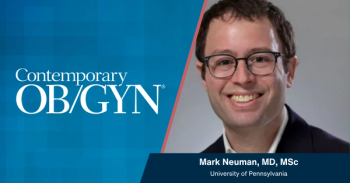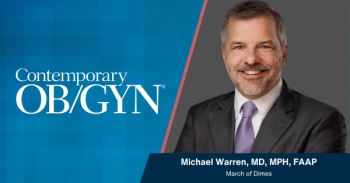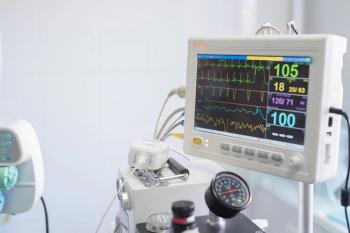
High Levels of Cycling Training Damage Sperm
High levels of cycling training damage sperm – what can be done to protect triathletes from infertility? The high-intensity training undertaken by triathletes has a significant impact on the quality of their sperm.
ESHRE XXV, Amsterdam
June 29 - July 1, 2009
High levels of cycling training damage sperm – what can be done to protect triathletes from infertility
The high-intensity training undertaken by triathletes has a significant impact on the quality of their sperm.
Professor Diana Vaamonde, from the University of Cordoba Medical School
Professor Vaamonde’s team has previously shown that both high exercise intensity and high exercise volume may be detrimental to sperm quality. They decided to take a more profound look at the sportsmen who seemed to show the greatest alteration – the triathletes – and assess the correlation between the volume of training in each activity and sperm quality. Of the three modalities, only cycling, the activity for which triathletes undertake the most training, showed a clear correlation with sperm quality. The more cycling training the sportsmen undertook, both in time and kilometres, the worse their sperm quality became.
The design of this particular study did not allow the scientists to isolate a single factor responsible for this problem, but Dr. Vaamonde believes that it is likely to be mainly due to either the irritation and compression caused by friction of the testes against the saddle, or the localised heat produced by wearing tight clothing. However, she also believes that reactive oxygen species – small molecules that are a natural by-product of oxygen metabolism and which react to stress by increasing to such an extent that they can damage cell structures – and energetic imbalances may play an important role in the alterations in sperm that the team observed.
“The fact that this effect is greater in triathletes than in other sports practices seems to indicate that it is something to do with the volume of training that they need to undertake to achieve and maintain a high level of fitness,” said Professor Vaamonde. “We believe that the same effect would be observed in any athletes undertaking a similar amount of cycling training.”
The team studied the semen values of 15 healthy Spanish triathletes, with an average age of 33. They were competing at both national and international level. Their training routines were analysed in detail, and particular note taken of the time they spent cycling each week. Sperm was taken after three days of sexual abstinence and analysed for their shape and form.
“We found a statistically adverse correlation between sperm morphology and the volume of cycling training undertaken per week,” said Professor Vaamonde. “While all triathletes had less than 10% of normal-looking sperm, the men with less than 4% – at which percentage they would generally be considered to have significant fertility problems – were systematically covering over 300km per week on their bicycles.”
Up to now, Dr. Vaamonde and her team have only undertaken observational analysis of the triathletes’ sperm. “We are now beginning chromosomal analysis,” she said, “in the hope that a better understanding of the biological mechanisms underlying this problem will lead us towards developing protective measures for these sportsmen.”
“We believe that all the factors inherent in this sports activity, especially with regards to the cycling part, may affect sperm quality; moreover, we think that normal physiological homeostasis – the body’s ability to regulate its own environment – may become irreversibly altered, therefore resulting in complex anomalies,” she said.
Triathletes undertake what is possibly the most demanding sporting activity in the world, with the most punishing ‘iron man’ competitions involving 3800 metres swimming, 180 kilometres cycling, and running a marathon (just over 42 kilometres). Recent research has shown that the risk of dying from a heart attack in a triathlon is nearly double that of dying in a marathon alone. Dr. Vaamonde’s findings add another layer to this health problem.
The scientists believe that the changes they observed may have to do with energetic imbalances, which they will assess in the future. They also intend to observe semen anomalies at different training points in order to better understand the physiopathological processes.
“Protective measures for these sportsmen need to be developed. Depending on the mechanism leading to the creation of abnormal sperm, these could include giving antioxidants and modifying training regimes to allow for recovery. Or we could take preventive measures by freezing athletes’ sperm before they start high intensity training,” said Professor Vaamonde. “We believe that we have uncovered a serious problem affecting triathletes who undertake significant amounts of training, and we hope that our research may lead to effective treatment.”
Newsletter
Get the latest clinical updates, case studies, and expert commentary in obstetric and gynecologic care. Sign up now to stay informed.
















